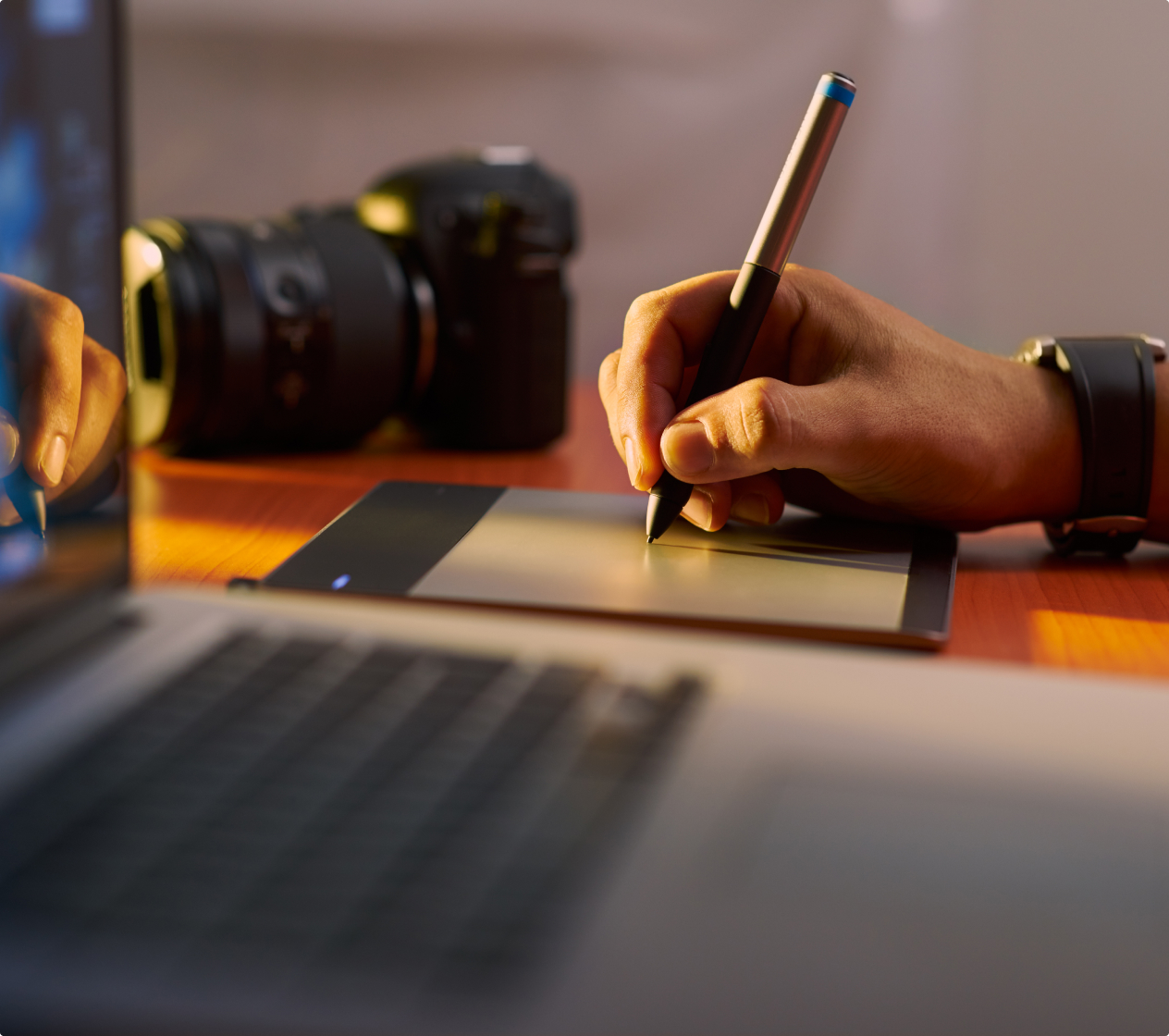VFX Artist
Do you want to have a job that could win you an Oscar? We know that training to become a VFX (visual effects) artist requires a lot of training in programming and computer graphics software, but the industry is constantly progressing, so a career in visual effects will require that you stay up-to-date with the latest trends and technology.

Personal Connection
- Do you have a passion for film, technology, coding and digital art?
- Do you love being creative?
- Are you detail oriented?
- Do you enjoy problem solving?
- Are you excited about learning about the latest technology to create visual effects?

Other Connections







STEM Connection
Artificial Intelligence can reduce the cost and time required for visual effects:
Filmmakers create scenes in a combined physical and digital world with Virtual Reality:
USD removes the barriers to creativity for visual effects:
VFX studios are turning to the cloud to increase their flexibility:
Journeys to Becoming a VFX Artist
Aaron Benitez was homeschooled and started making videos with his brother when he was 12 years old. His love for film developed from there. At the end of high school, Aaron wanted to pursue one of his two passions—film or biology. Ultimately, he decided to pursue his passion for film in college.
When Aaron started making videos, he used online tutorials to incorporate visual effects, and by the time he made it into college, he already had a lot of experience with visual effects—“all self-taught, all done online.” At that point, he partnered with Zach King and was able to use his passion for visual effects to create their YouTube videos.
Aaron’s advice to someone who wants to pursue visual effects is, “Look online. There are an unlimited amount of resources that you can find online and most of them are free. Especially with an industry like visual effects, where most of the work is done on the computer, you can really learn a ton about what it takes to get into the film industry as a visual effects artist.”
Aaron lives by the advice his parents taught him when he was younger: “If you work like no one else right now, then you’ll be able to live like no one else in the future.”
Learn more about Aaron’s story here
Read about one person’s journey from making videos as a hobby at 12 years old to working as a VFX artist for Spider-Man:
Usama Siddiqui started editing his own videos when he was 12 years old. “Back then, I had no idea I could turn my hobby into a career. I just did it because I loved it.” As Usama got older, he started expanding his knowledge into motion graphics and design, but “it wasn’t until Transformers 2 when I saw Optimus Prime burst through a building in an epic fight that I knew I wanted to be a part of something as surreal as that.” After that, he started pursuing a career as a VFX artist and enrolled in a film and television program in college.
Usama believes the most critical skills for this role are “basic programming knowledge and a solid understanding of 3D software. There are a lot of technical issues that come about that don’t always have a straight forward solution. You need to have a creative mindset and be able to problem solve creatively. Once you start familiarizing yourself with the internal programming languages for each special effects software, it will cut down a lot of your time and enable you to implement changes more effectively.”
Usama is constantly learning new things to keep up with the new trends and technology in visual effects. “Considering that this industry is constantly progressing, it is extremely important to stay updated with the latest trends and technologies. Otherwise, you risk getting left behind. When a problem occurs at work… I’ll watch a lot of tutorials online. YouTube and Google really are your best friends here… It also doesn’t hurt to get involved with online communities and forums for FX Artists, where you can interact with others in the field to further advance your skills.”
Usama’s advice to a student that wants to follow in his footsteps is to “start as early as possible. Play around with various software and programs, watch tutorials. Work on mini projects until you feel comfortable using the software. Try to create as much as you can. You will find that there is a lot of problem-solving involved and over time it will become easier to find creative solutions to your problems using these tools. Remember, the more you have on your tool belt, the more of an asset you will be to a prospective employer.”